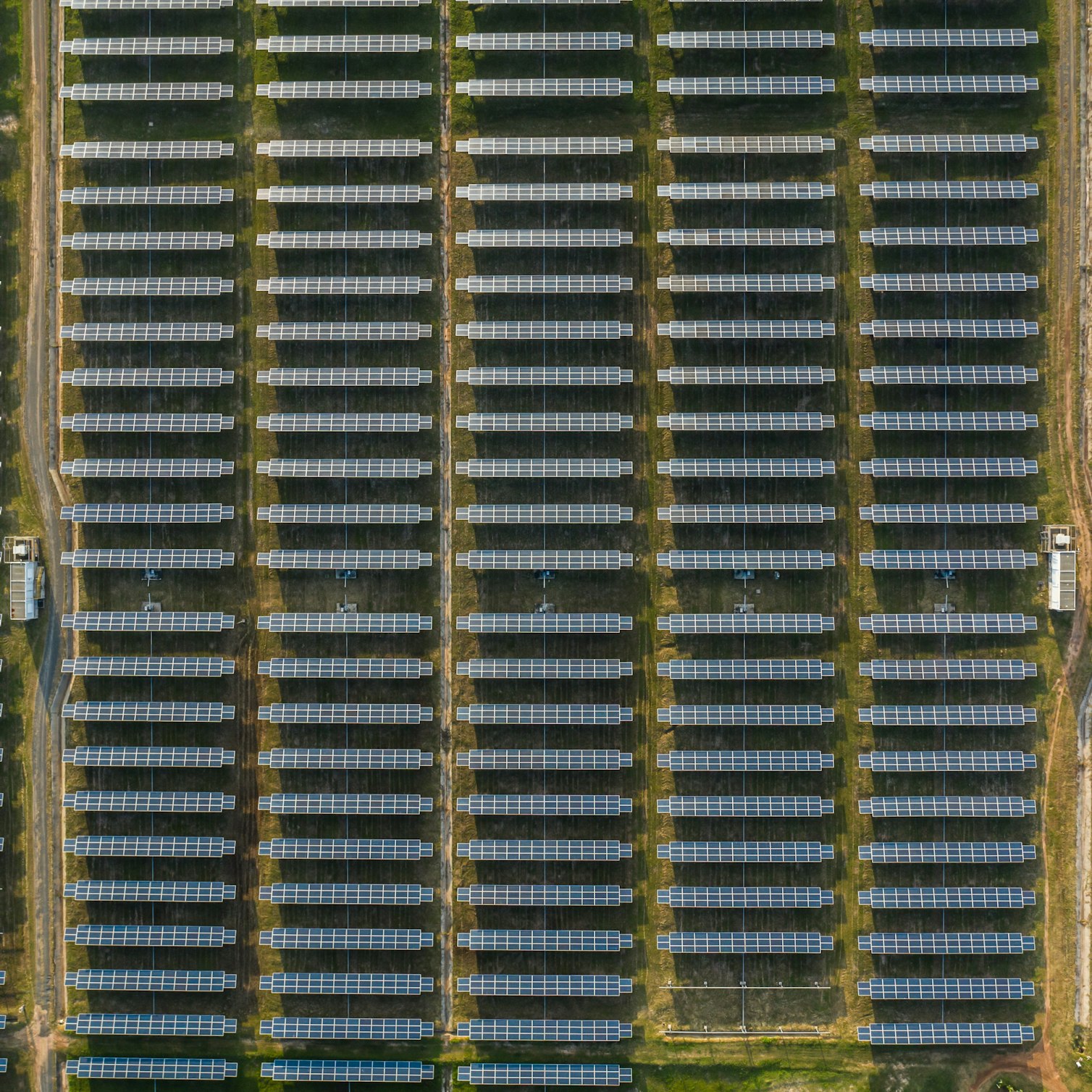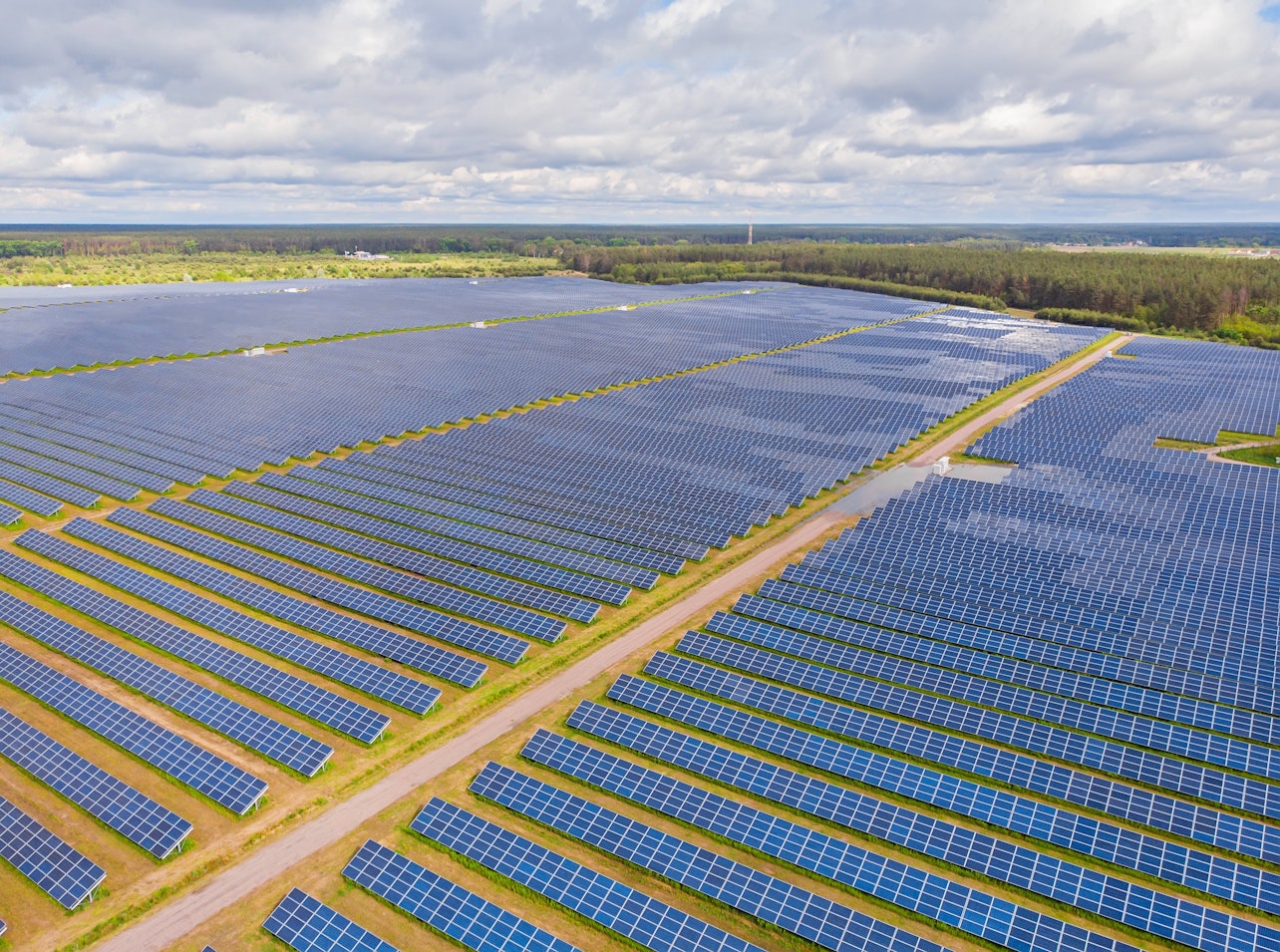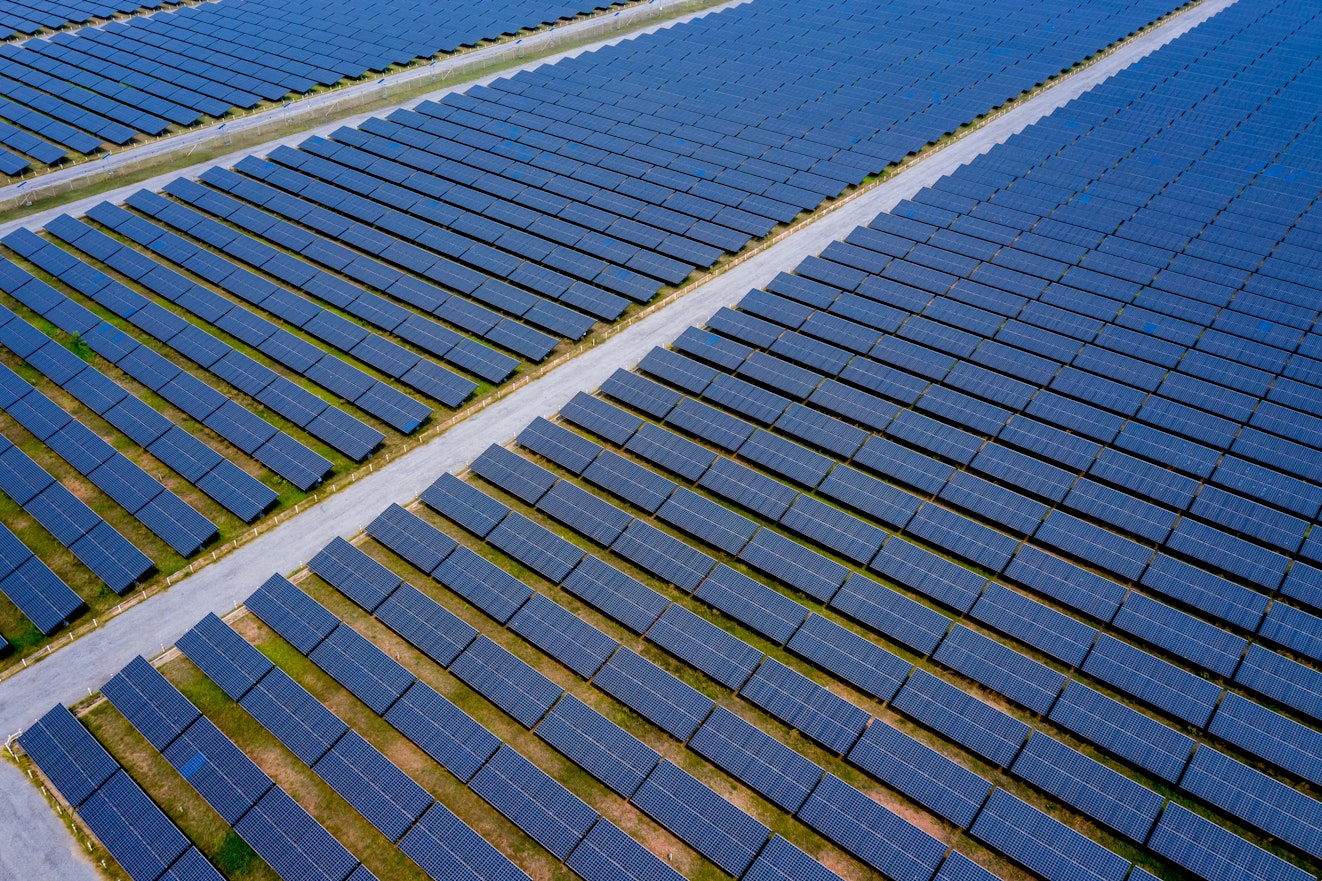- Solar energy blog
- The 8 largest PV plants in Spain driving the renewable energy transition
The 8 largest PV plants in Spain driving the renewable energy transition


Izei Atxalandabaso
Business developer
I was born in a small coastal town near Bilb(a)o called Sopela. Before joining RatedPower I worked for a year in the Spanish Economic and Commercial Office in Ecuador and for two years in Deloitte (Bilbo).

Content
Spain is one of Europe’s largest solar photovoltaic (PV) energy producers. In 2021, solar accounted for 16% of Spain’s installed capacity and 8% of the country’s power generation as a whole. And solar energy in Spain is only getting bigger.
In 2022 alone, the country installed 6.93 GW of PV capacity, taking its total installed capacity to over 25 GW. 4,281 MW of this expansion came through large-scale solar PV plants. Let’s look at some of the largest PV plants currently operating in Spain.
Did you know that renewable energy in Iberia is projected to rise by 64% in 2025? To learn more about Iberia’s emergence as a major player in the renewable market, download State of Green: Iberia 2023 eBook.
These are the largest PV plants steering solar energy in Spain:

Escatrón-Chiprana-Samper Solar Park
The largest PV plant in Spain is actually multiple plants, 17 to be exact. Located in the Aragon region and spanning 3,173 hectares across the three towns of Escatrón, Chiprana, and Samper de Calanda, this multi-site project has a significant capacity of 850 MW.
This project, which opened in 2020, was developed in only a year by the Ignis Group. It was then sold to the Spanish construction company ACS, which was granted a 1,550 MW lot in the government renewables auction. There was another change of hands just weeks after the plant was commissioned, and Portuguese oil company Galp Energía now owns the project.
The solar panels across the 17 plants make up a capacity of roughly 50 MW, with an expansion planned for 2023 that will take the total capacity to 900 MW.
Núñez de Balboa Photovoltaic Plant
The Núñez de Balboa PV plant covers roughly 1,000 hectares of land in the region of Extremadura and has an installed capacity of 500 MW, making it one of the largest PV plants in Europe.
The plant boasts nearly 1.5 million photovoltaic panels, employs 1200 people, many of them local residents, and serves power to 250,000 homes, which is more than the populations of the local towns of Cáceres and Badajoz combined. It was commissioned in 2020 by the Iberdrola Group and used a total of €227 million worth of materials purchased from local vendors.
The Núñez de Balboa is estimated to prevent 215,000 tonnes of CO2 emissions per year.

Mula Photovoltaic Power Plant
The largest PV plant in Europe at the time of its opening, the Mula PV Power Plant, is located in Mula, Murcia. Its solar panels cover an area of 1,000 hectares and have an installed capacity of 493.92 MW.
The plant was developed by Cobra Concesiones, Ignis Generacion, and Promosolar Juwi 17 and is now owned in full by Northleaf Capital Partners. The project's initial cost was roughly €450 million and was completed in a year.
It currently produces enough sustainable energy to power 400,000 homes and saves 136,000 tonnes of CO2 emissions annually.
Talasol Solar PV Plant
Also located in Extremadura, the Talasol Plant's solar panels span over 500 hectares with an installed solar capacity of 300 MW.
The project was developed by Solarsteinn and Talasol Solar SLU and was commissioned in December 2020. Israeli solar company Ellomay Capital and Capital Dynamics jointly own the plant.
Providing power to 100,000 homes and offsetting 63,000 tonnes of CO2 emissions per year, the Talasol Plant is a ground-mounted project with 336 inverters at the site. Initially, the project was planned to have a capacity of 250 MW, which was later increased to the current capacity of 300 MW.
Talayuela Solar
Commissioned in January 2021, Talayuela Solar is located close to the Talasol Plant in the city of Cáceres, Extremadura. Its solar panels have a total capacity of 300 MW and cover 822 hectares of land.
The Talayuela plant was designed with the local environment and wildlife in mind, with roughly 300 hectares of the plant being preserved for wildlife projects. This includes creating floating islands of vegetation and perches for local birds. There is also a flock of over 400 sheep that graze the site.
The project created over 1,000 jobs for people in the local region, and Norwegian company Statkraft, current owners of the plant, prioritized hiring local residents.
Want to find out what the largest PV plants and projects are across the globe? Then check out this eBook: The Largest PV Plants Worldwide.
Don Rodrigo Solar Park
With over 500,000 solar modules, Don Rodrigo has an installed capacity of 175 MW and produces 300 GWh annually. Located close to Seville, the park runs over 162 hectares.
Don Rodrigo is Europe’s first subsidy-free, commercial-scale PV plant owned by Talanx Group. The solar power generated by the plant is sold to Statkraft under a 15-year power purchase agreement.
There is also a smaller second site called Don Rodrigo 2, with a capacity of 50 MW. The 100 GWh of energy produced by this site is also sold to Statkraft under a 12-year power purchase agreement.
Picón I, II, and III Photovoltaic Plants
Another multi-site plant, the Picón I, II, and III Photovoltaic Plants, have a total installed capacity of 150 MW. The three 50 MW sites span a total of 300 hectares and have over 450,000 solar modules installed.
Located in the town of Porzuna, the project is the largest in the PV park in Castilla-La Mancha, making up the bulk of the 250 MW awarded to the operating company Naturgy. The project created 450 jobs and can generate electricity to power 88,500 homes.
Santiz I, Guleve-Palacios del Arzobispo, y Lerapa-Valdelosa I Solar Park
Consisting of three sites, Santiz I, Guleve-Palacios del Arzobispo, and Lerapa-Valdelosa I, this project spans 260 hectares in the Salamanca region.
The three sites have a total capacity of 110 MW, with Santiz I providing 50 MW and the other two having 30 MW of capacity. Roughly 220 GWh are produced yearly between the three sites.
Looking for more news and updates on renewable and solar power and the clean energy transition? Look no further than the Ratedower blog.
Benefits of including financial analysis in your PV system designs
Join our PV expert, Bernardino Martín as he discusses how incorporating accurate financial estimates in your PV projects designs from the early stages can help you mitigate risks down the funnel.

Latest stories
Related posts
Market analysis
Breaking down solar farm costs: Free template inside
Updated 27 SEP, 21

Market analysis
Solar energy in Australia: a 2021 market analysis
Updated 11 MAY, 21

Market analysis
20 top solar events and conferences in 2023
Updated 19 JAN, 23

- RatedPower
- Solar energy blog
- The 8 largest PV plants in Spain driving the renewable energy transition


